Many small boats don’t have room enough for storing excess gear, so the best equipment will serve more than one purpose and spend less time just taking up space. Ordinary boat fenders are meant to serve at the dock but the rest of the time they’re only along for the ride. Impact Fenders, a company based in Durango, Colorado, has come up with something different: fenders that make themselves useful not only at the dock but also underway and ashore.
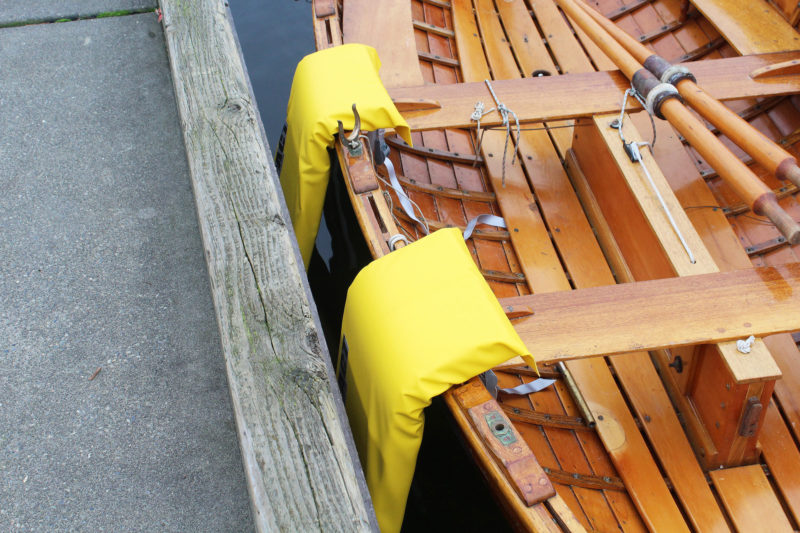 Photographs by the author
Photographs by the authorThe fenders can be bent and then hold that shape to wrap around the rail and provide all-around protection at the dock.
The Impact boat fenders measure 27″ × 12″ × 2″ and have a covering of 32-oz, PVC-coated polyester over closed-cell recycled polyethylene padding. Inside the fender’s foam core there is what the company only identifies as a “pliable material.” It can be bent and hold its shape, a feature that helps protect my boats. The gunwales of my smaller boats are often below the level of the docks that I’ll tie up to, and ordinary fenders, tied to the boat and hanging against the side (beneath the gunwale), leave it unprotected. With Impact’s fenders, I can bend the tops to wrap around the gunwales for full protection.
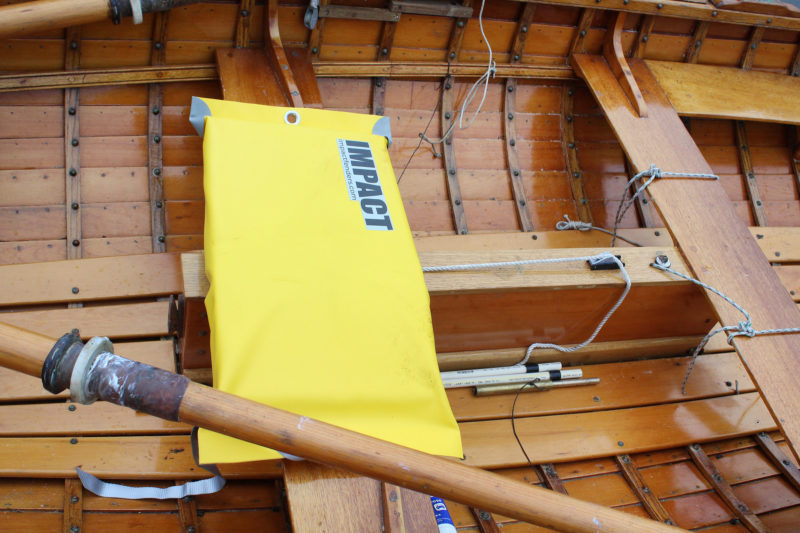
As a rowing seat pad, the Impact Fender works surprising well.
The fender makes a surprisingly good seat for rowing. I thought the foam might be uncomfortably hard and create hot spots for my sit bones, but it was just right for supporting my weight and relieving the pressure points. The pads are 2″ thick and elevate me more than my other rowing seats, but that doesn’t crowd my stroke much. The fenders cover a wide area, which allows me to shift from side to side if I need to level the boat, won’t slide out of position, and on cold days act as a good insulator and are pleasantly warm. The fenders make an excellent camp seat on shore, too. Unlike my fabric-covered throw cushions, the Impact fender doesn’t absorb water and can easily be wiped dry.
The fenders are ideally suited for kneeling, which I tend to do a lot of while boating and cruising. My knees complain more than they did a few decades ago, and the Impact fenders provide good support and a welcome relief from the discomfort of kneeling on a hard surface.
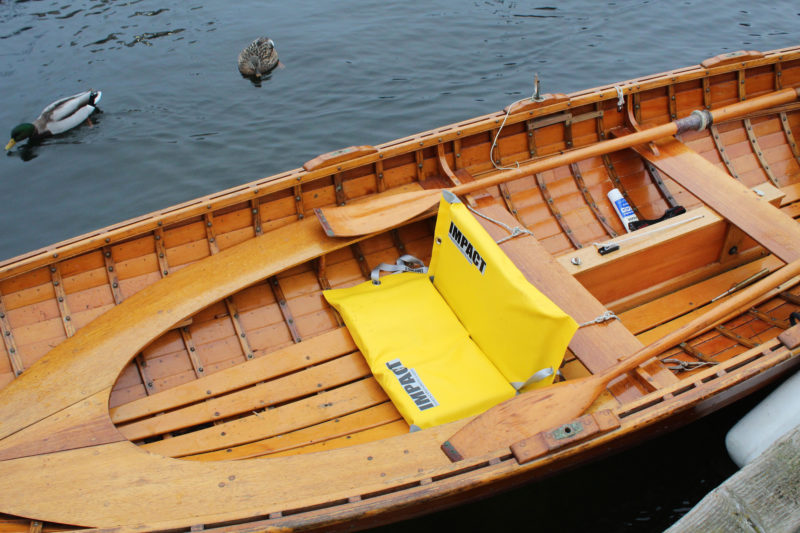
For lounging, a pair of fenders can make a comfortable and warm seat and backrest.
The 32-oz, PVC-coated polyester material that is used for the fender cover is very tough and holds up well to abrasion. I hand-sanded a small spot on one of the color samples with 80-grit sandpaper for six minutes and, while some of the coating powdered away, I didn’t get through to the woven fabric at the core. I have a heavy-duty dry bag made of similar material that did wear through to fabric at some corners after many trips through airline baggage handling.
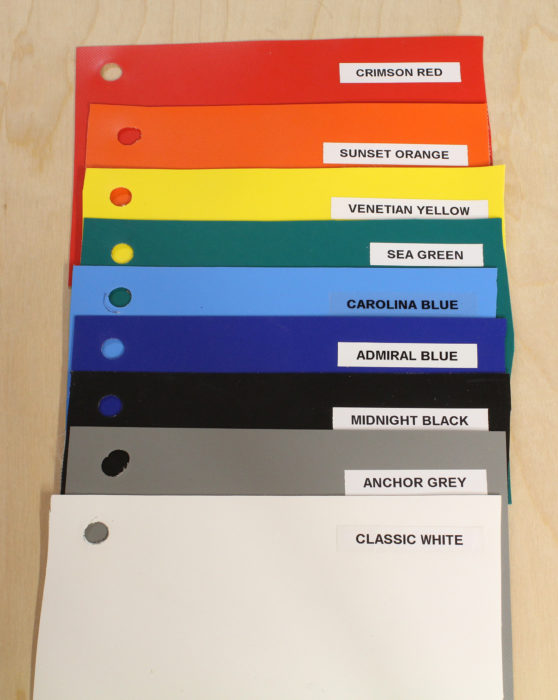
The fenders are available in nine different colors.
I used one of the color-sample pieces I received to see what it might take to damage it. I put it on top of some foam to duplicate the structure of the fender. Hitting it hard, repeatedly, with a hammer claw barely scuffed the surface. Stabbing it forcefully with a Phillips-head screw made a minute dimple on the front side and a correspondingly small welt on the back. A straight-blade screwdriver with sharp corners made more of a mark, though smaller than a pinhead, and did not puncture the material. Sharp edges and points—a razor-sharp axe and a pinpoint awl— did penetrate the material, but hazards like that are rare in the outdoors. If a fender does get a hole in its covering, it won’t be any less functional: the closed-cell recycled polyethylene foam will not absorb water and will still be fully functional. And while the covering is tough, keep in mind that it is less than a millimeter thick and will last longer if not abused.
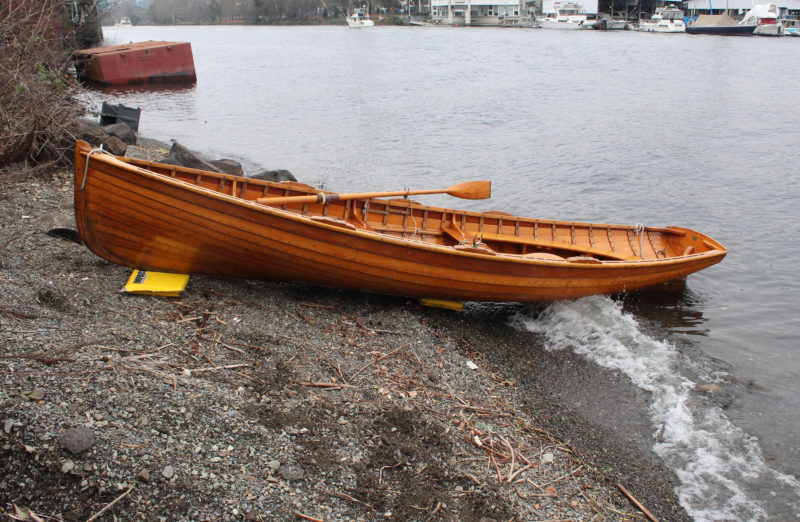
The fenders work well for protecting the bottom of the boat from a gravelly beach. They also keep it in place while a cylindrical fender would let the boat roll downhill.
Impact makes Landing Pads of the same 32-oz PVC-coated polyester. They’re designed to be placed on shore to protect the bow of a boat pulled up onto the land. The fenders can be used for the same purpose. My bright-finished Whitehall needs protection from rocks and grit, and the fenders don’t show any signs of wear from having the boat dragged over them. I’ve used cylindrical inflatable fenders for hauling boats out of the water, but the ones suitable for dockside use are a bit undersized and while they eliminate drag by rolling, they often veer off center. It’s hard to keep the boat on them. The Impact fender offers a more stable protective surface.
Each Impact fender comes with a strap and buckles for the stainless-steel grommet set in each end. The buckles have rubber covers to keep them from damaging finishes. While they work as well as any strap, threading the end through the buckle is a bit fussy. With a line I just have to tie a knot to secure the fender, but I can do that quickly, even in the dark.
Impact Fenders has come up with boat fenders with a difference. It’s a difference that will ensure they spend less time stowed and more time put to good use.![]()
Christopher Cunningham is the editor of Small Boats Magazine.
The Boat Fenders are available from Impact Fenders in two sizes, medium and large. The medium size, reviewed here, is priced at $85.95. [The price listed here was initially in error. The correct price is now shown. —Ed.]
Is there a product that might be useful for boatbuilding, cruising, or shore-side camping that you’d like us to review? Please email your suggestions.
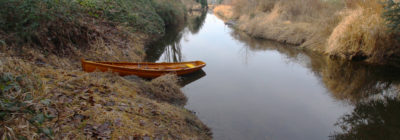
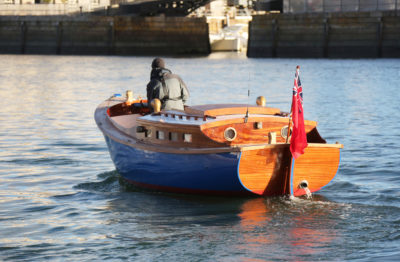
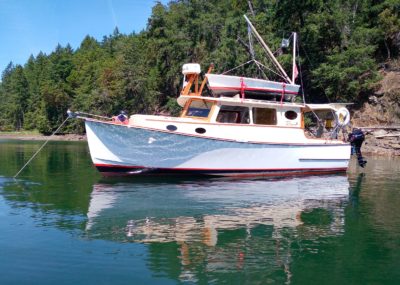

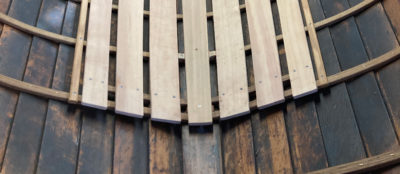
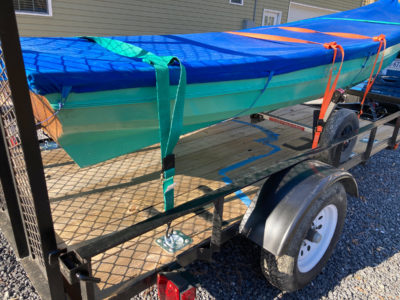
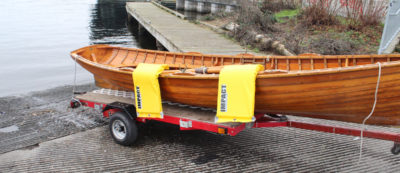

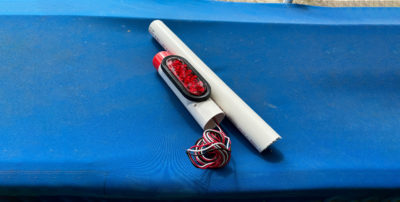
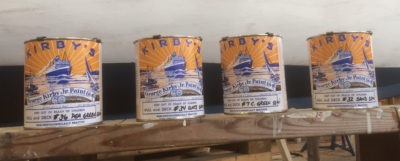

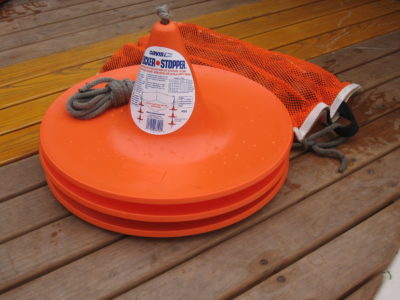
Not a bad idea … would be helpful for my NE Dory. Unfortunaltely the price is 85$ for yellow and other colours. Only camouflage is 49$.
Fenders are often pricey. A wraparound low-freeboard fender of about the same size costs $85 at West Marine.
I also had noticed the lower price for the camouflage fender and asked the manufacturer about it. Here’s the reply:
Great catch. We are in the middle of website rebuild and overhaul, with a launch ETA in early March. All colors except for the camouflage are made with a 32-oz, PVC-coated polyester outer material. The camouflage outer material is 18-oz PVC-coated polyester. It’s still strong, but a bit lighter weight (and lower price point) than the rest.
Nice product. Seems the high visibility colors could double as a day signal for emergency equipment, and they would add some flotation as well.
$25 shipping charges are an immediate deal breaker.
It would be a good substitute on my small boat for bulky fenders that take up a bit of space. Are they a bit buoyant if they wind up overboard or not at all making them stay under water when at the dock? If they spend some time at the dock, would it be ok to use FSR (Fiberglass Stain Remover) to remove marine life – or what should be used that would not damage the PVC-coated polyester exterior?
Impact Fenders do float. FRS, according to its Safety Data Sheet, is composed of isopropanol and oxalic acid and other ingredients. The instructions for FSR note that the product should be used on small test areas to see if it has any adverse effects.
The website says that CG Type 4 approval is in the works. If one of these replaces fender, seat and the required throw cushion it would be worth the $85 + $25. I sent a request on the approval status by the web contact form weeks ago, no reply yet.
We received a reply from Impact Fenders about the status of the USCG approval for the use of their fenders and throw cushions:
In going through the process to earn USCG Type 4 approval for our fenders, we learned that one product cannot have two designations: as both a fender and a flotation device. Our fenders do meet the USCG minimum adult buoyancy to qualify, but they are not Coast Guard approved, and we’ve recently decided not to pursue approval. We’ve updated the site.
—Ed.
Honestly, I’ve been using Type IV throwables as fenders for my dinghy and they have worked pretty well. Not keeping the dinghy at the dock day in day out, but for a weekend at a time they have been pretty good.